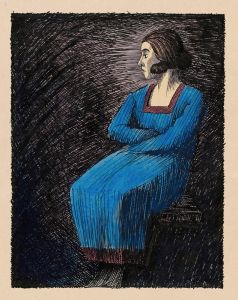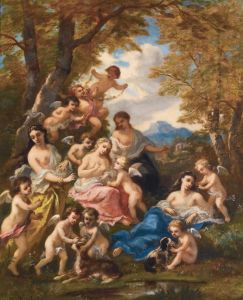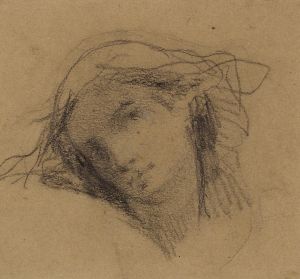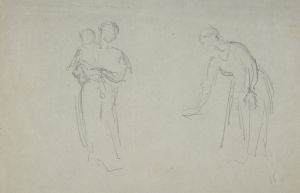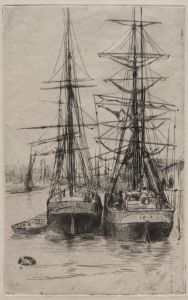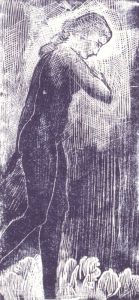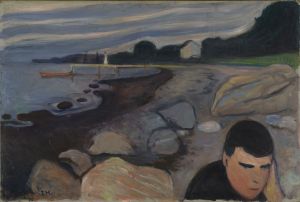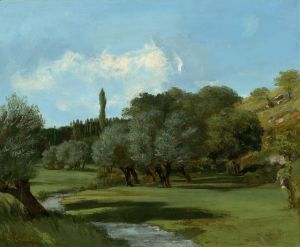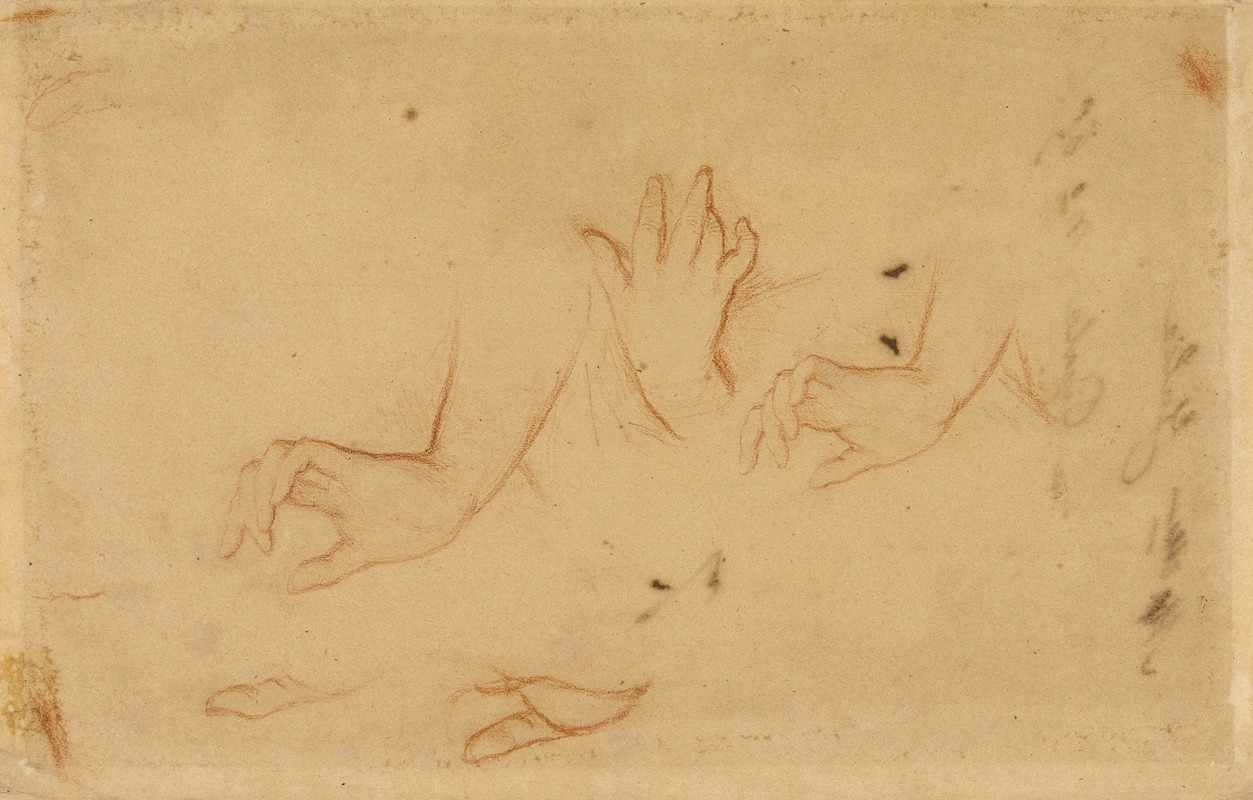
Etude de mains
A hand-painted replica of Narcisse-Virgile Diaz de La Peña’s masterpiece Etude de mains, meticulously crafted by professional artists to capture the true essence of the original. Each piece is created with museum-quality canvas and rare mineral pigments, carefully painted by experienced artists with delicate brushstrokes and rich, layered colors to perfectly recreate the texture of the original artwork. Unlike machine-printed reproductions, this hand-painted version brings the painting to life, infused with the artist’s emotions and skill in every stroke. Whether for personal collection or home decoration, it instantly elevates the artistic atmosphere of any space.
Narcisse-Virgile Diaz de la Peña was a prominent 19th-century French painter associated with the Barbizon School, a movement that emphasized naturalism and was a precursor to Impressionism. Diaz de la Peña was known for his rich use of color and his ability to capture the nuances of light and shadow in his landscapes and figure studies. One of his works, "Etude de mains" (Study of Hands), exemplifies his skill in rendering the human form with sensitivity and precision.
"Etude de mains" is a study that focuses on the depiction of hands, a subject that has long been a challenging and significant aspect of figure drawing and painting. Hands are often considered one of the most expressive parts of the human body, capable of conveying a wide range of emotions and actions. In this study, Diaz de la Peña demonstrates his keen observational skills and his ability to translate the complexity of human anatomy into a work of art.
The painting showcases Diaz de la Peña's adeptness with the brush, as he captures the subtle play of light and shadow across the hands. The texture of the skin, the delicate structure of the bones, and the intricate details of the fingers are rendered with a remarkable level of detail. This attention to detail not only highlights the artist's technical proficiency but also his deep appreciation for the beauty and expressiveness of the human form.
Diaz de la Peña's choice to focus on hands in this study reflects a broader interest among artists of his time in exploring the human figure. The 19th century was a period of significant artistic experimentation and innovation, with many artists seeking to push the boundaries of traditional academic art. By concentrating on a specific part of the body, Diaz de la Peña was able to delve deeper into the intricacies of form and movement, creating a work that is both a technical exercise and a piece of art in its own right.
While "Etude de mains" may not be as widely recognized as some of Diaz de la Peña's other works, it nonetheless offers valuable insight into his artistic process and his commitment to capturing the essence of his subjects. The study serves as a testament to his skill as a draftsman and his ability to convey the subtleties of human expression through his art.
In the context of Diaz de la Peña's broader oeuvre, "Etude de mains" can be seen as part of his ongoing exploration of the natural world and the human figure. His work often features lush landscapes and figures set within natural settings, reflecting his connection to the Barbizon School and its emphasis on painting en plein air, or outdoors. This approach allowed Diaz de la Peña to observe and capture the changing effects of light and atmosphere, a quality that is evident even in his more focused studies like "Etude de mains."
Overall, "Etude de mains" by Narcisse-Virgile Diaz de la Peña is a fine example of the artist's ability to combine technical skill with a deep understanding of his subject matter. Through this study, Diaz de la Peña not only demonstrates his mastery of form and detail but also invites viewers to appreciate the beauty and complexity of the human hand.





